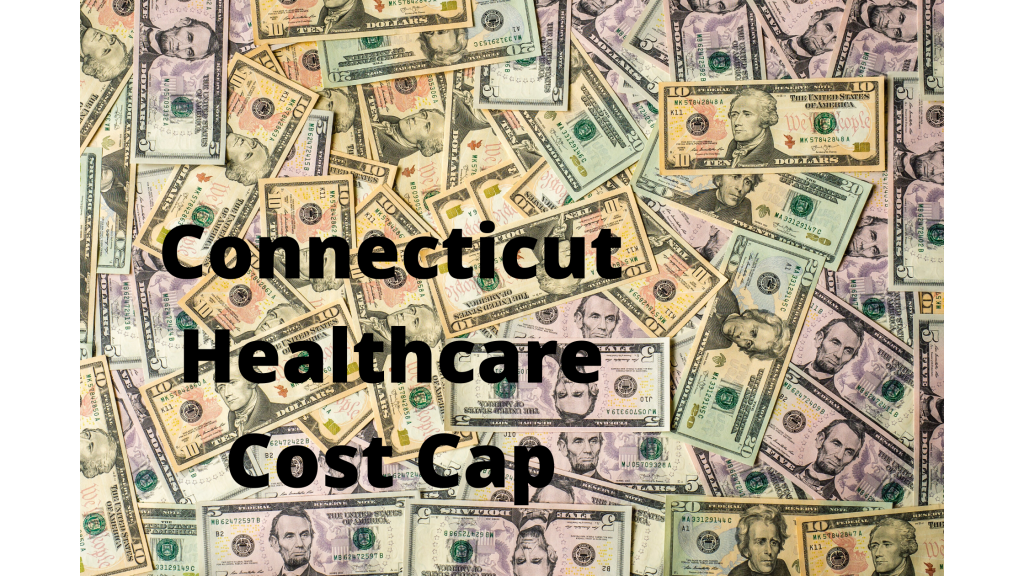OHS committee considers how to sell the Cost Cap to stakeholders

Last week’s meeting of the Office of Healthcare Strategy’s Cost Cap committee, as they are wrapping up the project design, ended with discussion of how to ensure their project is successful in controlling healthcare costs. Despite developing the Cap during a pandemic, there has been considerable resistance and mistrust of the concept and the process. Stakeholders are very concerned about unintended consequences from the Cap causing harm to Connecticut residents and no plan to monitor or protect people from that harm.
Consultants maintain that Massachusetts’s Cost Cap, implemented in 2012, has successfully lowered cost increases. They credit Massachusetts’s success to
- Providers were ready to accept a Cap because of bad press about their prices
- Wide adoption of capitation, which the Cap supports and enables
- Transparency and trust in data and analysis by the MA Health Policy Commission
- The threat of Performance Improvement Plans with significant penalties for non-compliance
- Public shaming of high spenders
Members of the committee acknowledged that those conditions don’t exist in Connecticut. One member predicted because of Connecticut’s “odd history of distrust of the state,” public response to the Cost Cap will be negative. Another expected “stakeholders aplenty” will oppose it. Several noted that similar past efforts went “nowhere.”
Advice to OHS from committee members focused mainly how to communicate the benefits, as seen by OHS, to consumers. It was suggested that OHS focus communications on potential benefits from the Cost Cap. One urged OHS to feature the risks of overtreatment, although they have created no design feature that would reduce overtreatment and it hasn’t been mentioned in the discussions.
Several committee members suggested using “simple terms that people understand” to sell the Cap. Members felt that outside stakeholders wouldn’t understand the concepts the committee has discussed. In an earlier presentation to MAPOC about the Cost Cap, a consumer member said they “weren’t giving consumers enough credit.”
One member urged OHS to let the data “speak for itself” and not qualify or characterize it for people.
There was no discussion of listening to or engaging the public in how to revise the Cost Cap for success.
Commentary – OHS is asking the wrong group for help to sell the Cost Cap. Stakeholders have been critical of the committee membership, chosen only by OHS, and lack of public input excluding experience and perspectives that will be critical to acceptance of the Cap and successfully controlling healthcare costs.
Consultants confirmed that they will not include primary care services provided by OB/Gyns in the primary care spending calculation. They will separately report on that care, but it will not be included in reaching the 10% of total spending goal. This could signal that investments in primary care will exclude women who choose to rely on OB/Gyns for their care.
To reach the goals of the Executive Order, OHS and the consultants decided setting a primary care target for the first year (2021) cannot wait for OHS’s new primary care committee. Acknowledging that the data is problematic and that it is probably too late to affect contracts for next year, they nevertheless decided on a target of 5% for 2021. They estimate that primary care spending in Connecticut, using their narrow definition, is now at 4.8%.
Problems with risk adjusting the data between payers were discussed. This is critical for a valid comparison between commercial, Medicaid and Medicare population costs. The consultants concluded that they will be unable to include social determinants of health in the adjustments, despite being included in the Executive Order and other states’ progress. It was noted that providers are very wary of risk adjustment methodologies.
Concerns were raised that the data to calculate the Cap will be coming from insurers and not the All-Payer Claims Database. OHS will ask insurers to estimate prescription drug costs and rebates. Problems with deciding how to attribute people to providers/health systems to ensure accountability and setting a minimum population size to avoid random variation were discussed. Consultants acknowledged that all options are problematic.

